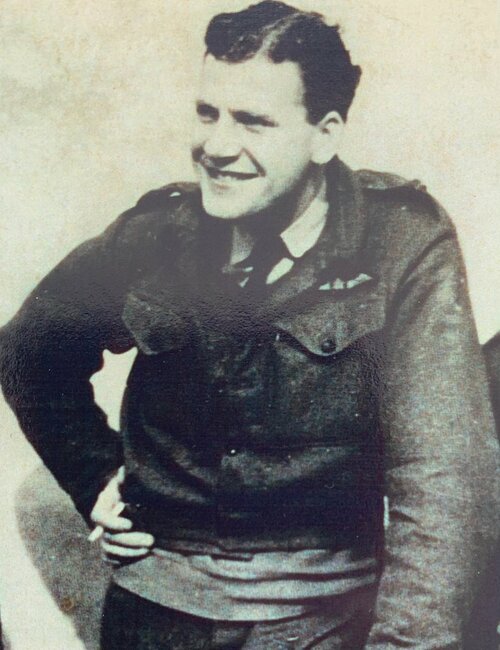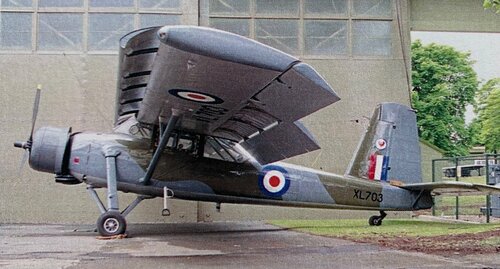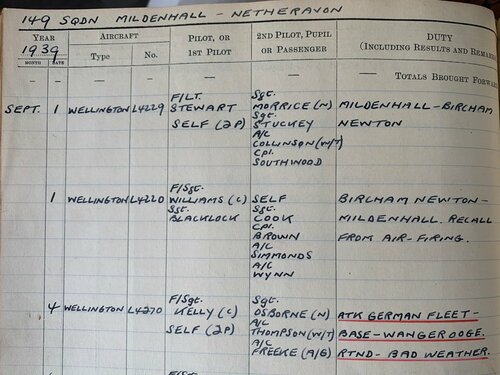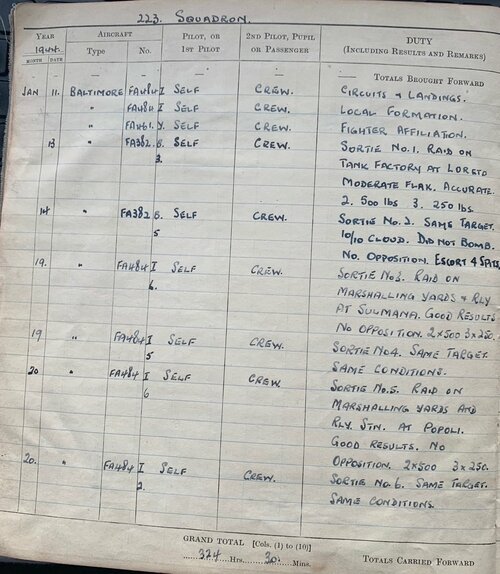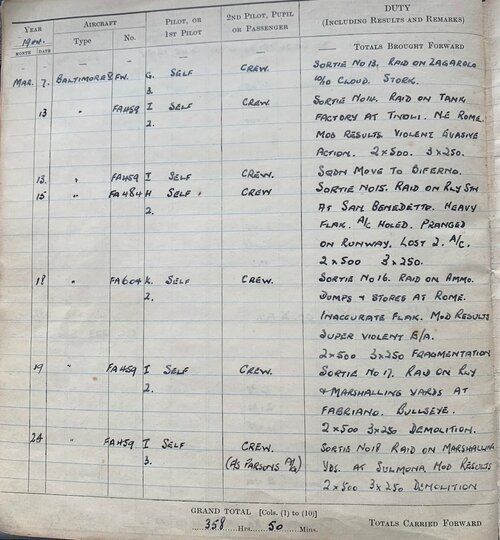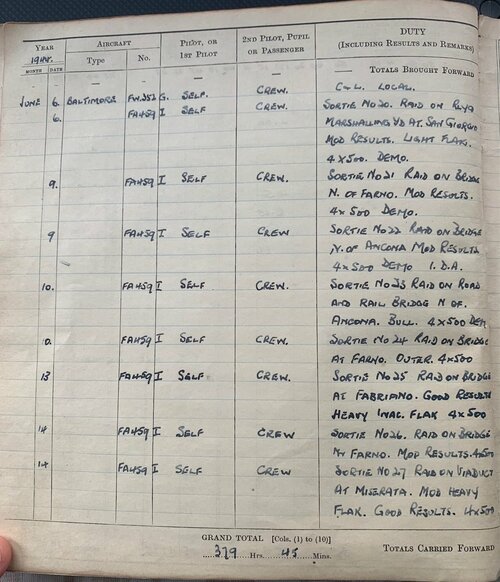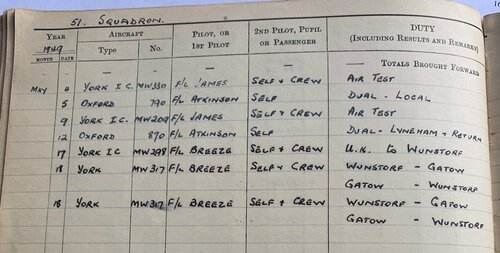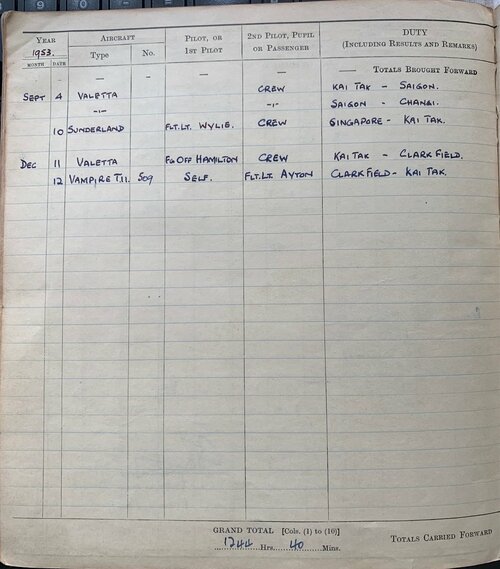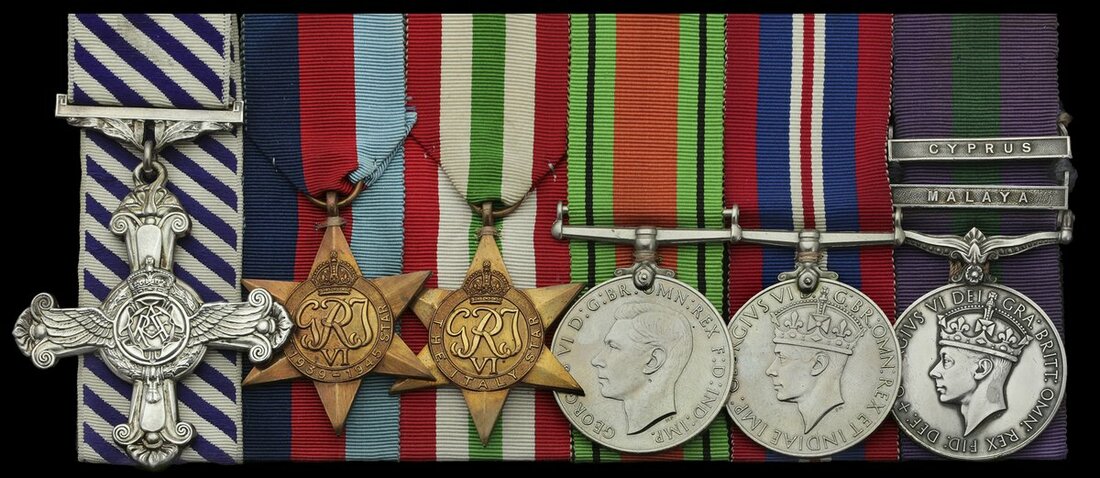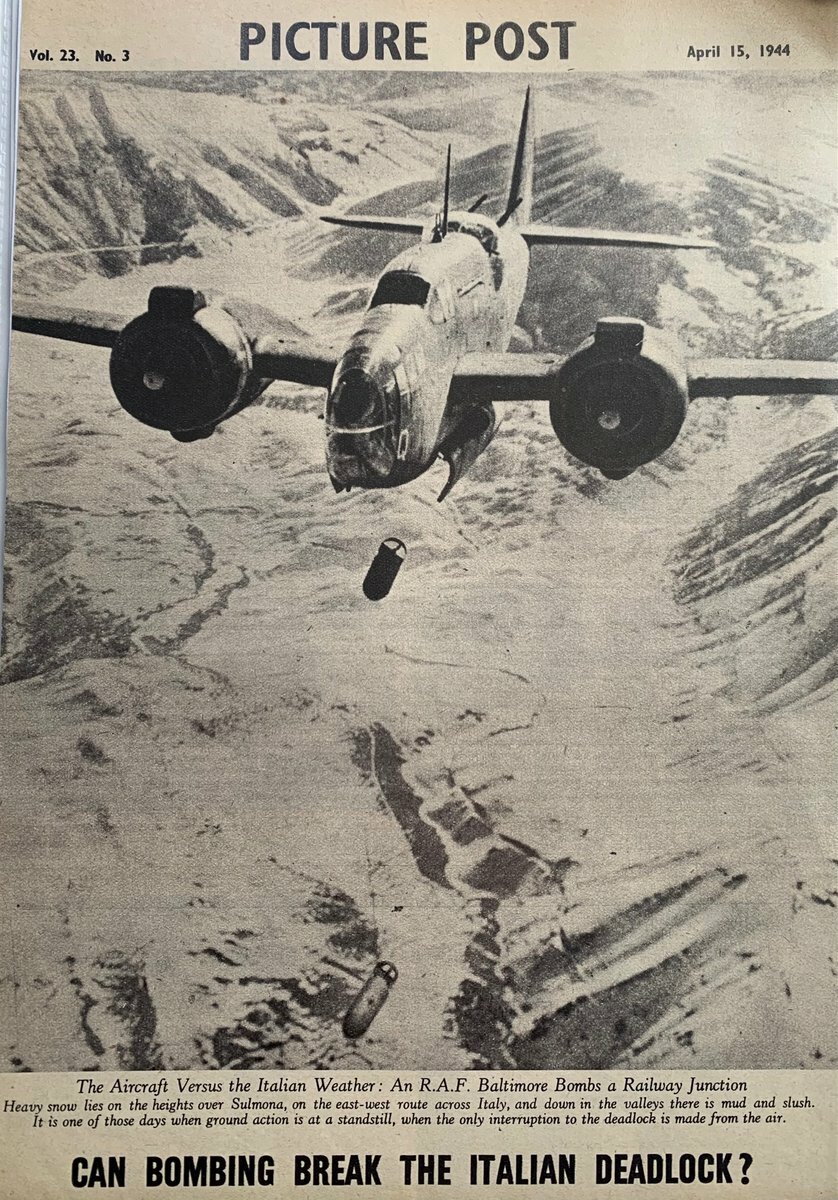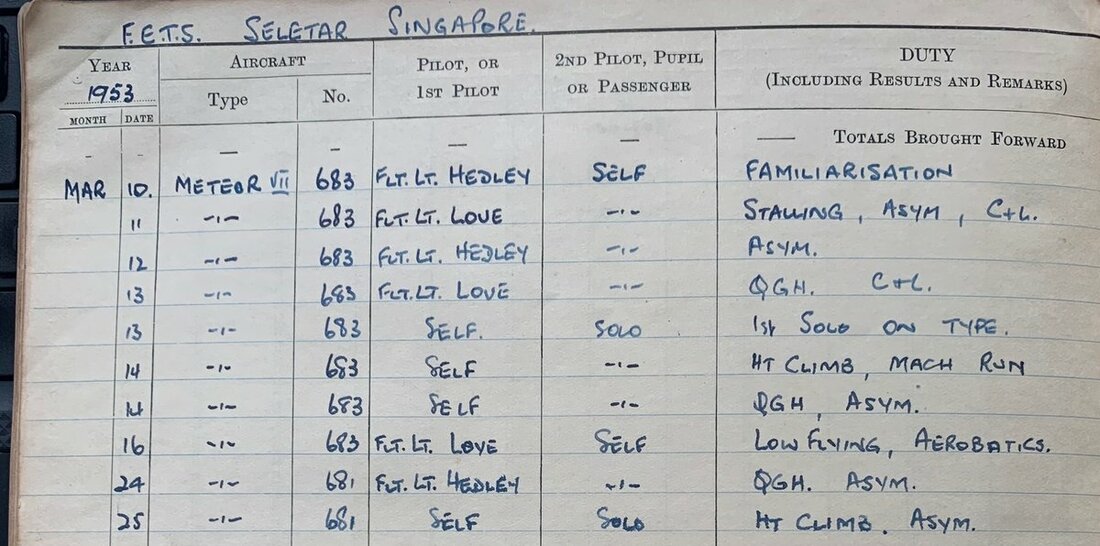Auction: 21002 - Orders, Decorations and Medals
Lot: 249
A very fine 'Italy operations' D.F.C. group of six awarded to Flight Lieutenant E. Douglas, Royal Air Force, a skilled bombing leader who notched up no less than 68 Operational Sorties during the campaign, often flying daring daylight raids
Douglas flew in the Berlin Airlift in 1949, before flying the Meteor during his time in Malaya and adding further laurels in the Cyprus operations - in one of just 6 Pioneer's flown by No. 233 Squadron
Distinguished Flying Cross, G.VI.R., reverse officially dated '1945'; 1939-45 Star; Italy Star; Defence and War Medals 1939-45; General Service 1918-62, 2 clasps, Malaya, Cyprus (Flt: Lt. E. Douglas. R.A.F.), second clasp sewn on, as issued, good very fine (6)
D.F.C. London Gazette 20 April 1945:
'Total Op. Flying hours on present tour - 138.20hrs
Total Op. Sorties on present tour - 68
P/O Douglas has completed an excellent tour of operations, having been engaged almost continually for over a year on daylight bombing missions against the enemy. He has taken part in many bombing raids on close support targets, often against strong opposition, throughout the Allied advance from Cassino to the Gothic Line, and against heavily defended enemy communications and concentration areas.
An exceptional pilot and natural leader, he was chosen, without precedent in the Squadron, to lead his flight whilst still an NCO. Difficult targets or adverse weather were no deterrent to this officer's enthusiasm and determination to strike the enemy with his utmost endeavour. He completed his tour leading the Squadron, and by his skill, perseverance and brilliant leadership maintained a continuous record of highly successful results. Douglas' devotion to duty, determination and singleness of purpose in all his operations have been an outstanding example.
Edward Douglas joined the Royal Air Force in November 1939 and was initially selected for Air Crew training. He took his first solo flight in January 1942 and was awarded his Wings at the end of the year, going off to Kenya to join No. 70 OTU. Having completed further training, he was posted to No. 233 Squadron, at that time part of the Desert Air Force.
Into the action - Italy Ops
lying the Baltimore light bomber, Douglas and his comrades were soon into the action in Italy, leading a determined campaign of dangerous bombing raids which commenced in January 1944 - when he flew on no less than 11 Operational Sorties, starting with the Tank Factory at Loreto on 13 & 14 January. They then focussed into the yards and railways around Sulmana, Popili, Penne and Teramo. March saw Douglas again into regular action - with every Sortie in daylight - striking the railway station at San Benedetto on 15 March, he faced heavy flak which holed his aircraft an caused him to 'prang' on landing. The cost to No. 233 had also been two aircraft lost. Flying on 18 & 19 March, no doubt fired up by the loss of his comrades, their raid on Fabriano secured a 'BULLSEYE'.
His Log Books provide a wealth of information related to the remarkable record Douglas recorded, which also note the raid on 23 July to Ravena, when he led his comrades into action. It was soon after, on 27 & 30 July that his lead into the action lead to two direct hits, noting 'Bull - Large explosions'. By the end of July, Douglas had flown on no less than 55 Operational Sorties but was posted with his crew to No. 15 Squadron, South African Air Force, with No. 233 Squadron being disbanded on 12 August. In August, he flew 7 Sorties with No. 15 Squadron, before joining No. 500 Squadron in September. Training in the coming three months meant his next Sortie was flown on 11 December, bombing troop concentrations at Fusignano. He then led the bombing of gun positions at Castel Bolognese on 15 December. He flew his final two Sorties - leading both - in January 1945, before being posted 'Tour Expired' at the end of the month. Having been commissioned and awarded his D.F.C., he went on lighter duties, flying an Air Sea Rescue and on observations in Austers.
Further action - Berlin Airlift and beyond
Posted to No. 51 Squadron at Bassingbourne and flying the Avro York, Douglas was called up to fly during the Berlin Airlift, as 2nd Pilot to Flight Lieutenant Breeze. They flew two sorties on 18 May 1949 in MW317.
By 1953, Douglas had converted onto the Meteor jet aircraft and was at the Far East Training School at Seletar. He also flew on the search for a Police Launch in a Harvard on 29 July.
He joined No. 215 Squadron in January 1958, which was renumbered No. 230 Squadron in September 1958 and was posted to RAF Nicosia, Cyprus in November. The Squadron flew security patrols during 'Operation Thwart' in Pioneer aircraft. From November 1958-April 1959, Douglas added over 70 operational hours in his Log Books. It should be noted the Squadron only took 6 aircraft into the theatre - with XL703, which Douglas flew, still being in existence today.
He was returned to RAF Dishforth with his Squadron in May 1959. He retired Flight Lieutenant (General Duties), with some 1611hrs 30mins in his Log Books, on 31 March 1962. He died on 29 September 1981; sold together with his three Pilot's Flying Log Books, covering December 1941-August 1961, Air Council enclosure for the Campaign Medals, besides a group photograph including the recipient and a file of detailed research.
Subject to 20% VAT on Buyer’s Premium. For more information please view Terms and Conditions for Buyers.
Estimate
£3,000 to £3,500
Starting price
£2800


